All but one of today’s postcards were published by the Barkalow Brothers. As mentioned here before, theyhad exclusive rights to print photo books, postcards, and similar items for sale in their newsstands that were located in many Union Pacific Stations. The Barkalow postcards are of a style that was used between about 1915 and 1930, though one of these is postmarked 1935.
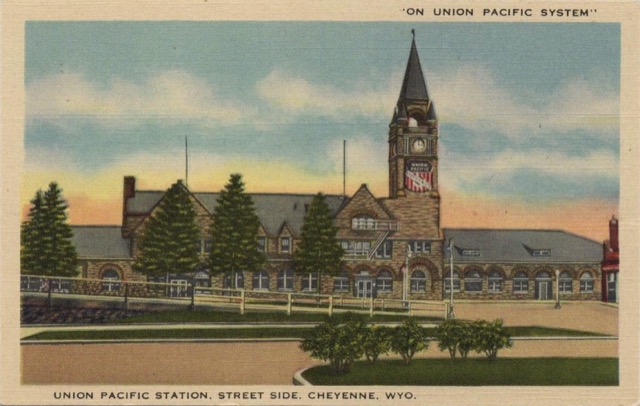
Click any image to download a PDF of that postcard.
The Cheyenne train station was completed in 1887 and made from sandstone quarried from near Ft. Collins, Colorado. Sometime in the 1930s, UP added a bus terminal for its Interstate buses and started calling the complex the “Cheyenne Transportation Center.”
Here’s a trackside view of the Cheyenne station. Since Amtrak trains no longer stop in Cheyenne, the station has been turned into the Wyoming Transportation Museum.
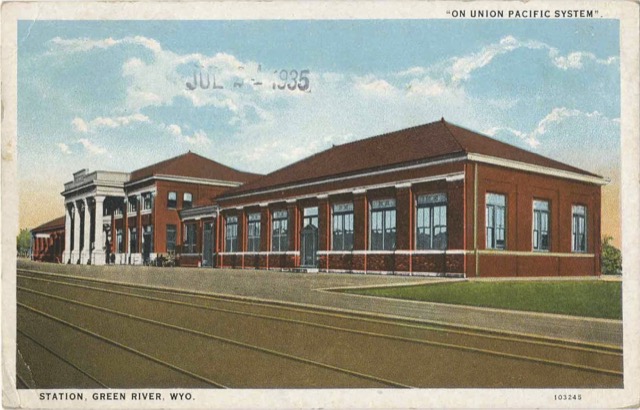
Until 1910, the train station for the town of Green River Wyoming was an old section house. In response to a petition by local residents, Union Pacific built this huge brick station, which seems pretty oversized considering the town had just 1,300 people at the time. This card was posted from Omaha to a town in Minnesota in 1935.
Milford Utah was on the line of the old Los Angeles & Salt Lake Railroad, which the Union Pacific took over in 1921. Opened in 1923, when the city’s population was about 1,300, the Mission-style station was designed by Los Angeles architects John & Donald Parkinson. It was torn down in about 1980.
The Caliente, Nevada, station is nearly identical to the Milford station and also opened in 1923. At the time, the town had fewer than 1,000 residents. The second floor was apparently used as a hotel. The station still exists and is used as a city hall and library.
This is a linen postcard, suggesting it is newer than any of the above cards. Boise’s station opened in 1925 and was designed by the New York architecture firm of Carrere, Hastings, Shreve and Lando. The station was restored by Morrison-Knudson to be an office building in 1990, but thanks to a series of bad investments (including the station restoration) the company went bankrupt and sold it to the city in 1996. The Boise parks department now operates the station and its well-maintained gardens for weddings, receptions, and community events.
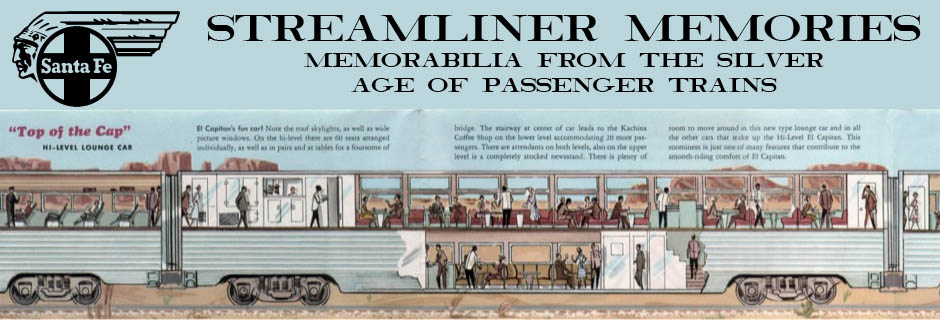
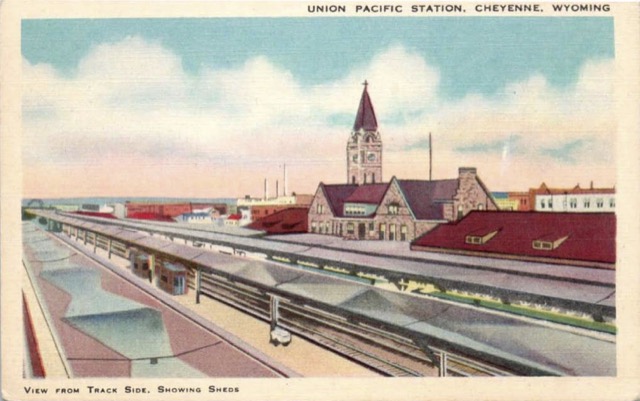
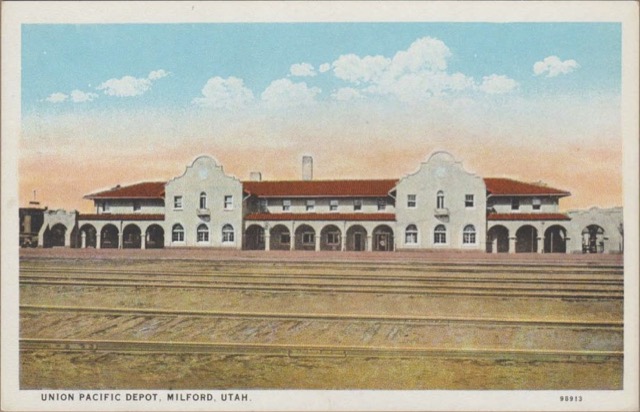
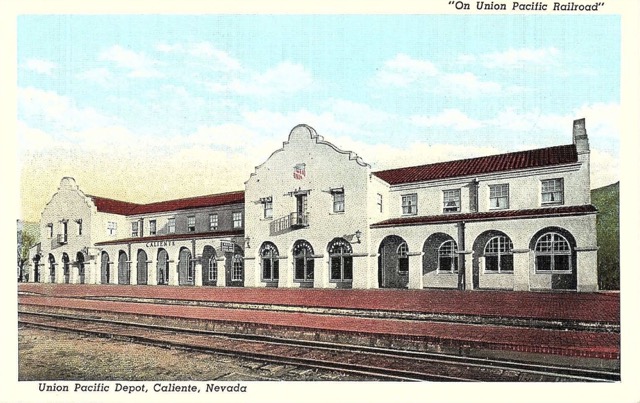
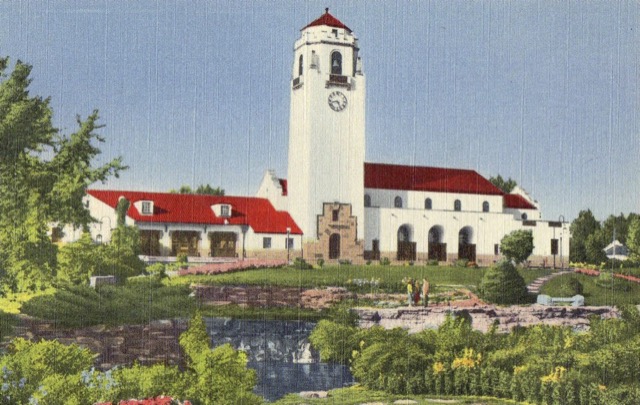
The Milford and Caliente stations were indeed designed by the Parkinson brothers. They were very similar, but not identical. BOth towns were division points in 1923, and most of the station buildings were taken up by railroad offices, hence the large size for such small towns. The second floors of both stations served as hotel space but the vast majority of rooms were taken up by railroad men on layover. The Caliente station did more public hotel business because it was the only modern hotel town at the time. Caliente was a much more important division point than Milford, and the Caliente station is somewhat larger. This can be seen by counting the arches in front of the stations. There were about 10 more sleeping rooms in the second floor of the Caliente station than the Milford station.
The Green River station was also taken up mostly with railroad offices as Green River was a major division point. The passenger station was only the right hand side as seen in the postcard. I haven’t been able to find out the designer of that station. but the basic design was reused in a number of stations from Green River from Nebraska east.
Jim C.